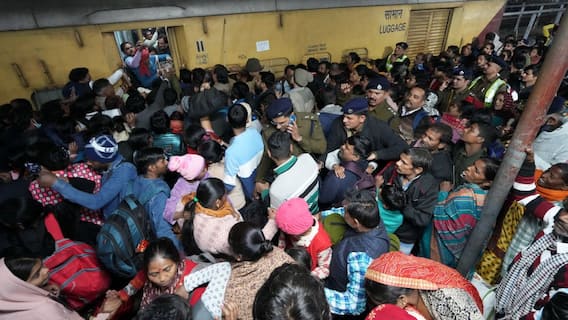Govt Likely To Ban Most Rice Exports As Domestic Prices Surge: Report
The ban will affect about 80 per cent of India’s rice exports. While the move may lower domestic prices, it risks sending global costs even higher

World’s biggest rice shipper, India, is considering banning exports of most rice varieties, reported by Bloomberg. According to the report, this move by India may send already lofty global prices of the food staple higher as the disruptive El Niño weather pattern returns. Citing people familiar with the development Bloomberg said that the government is discussing a plan to ban exports of all non-Basmati rice. Authorities want to avoid the risk of more inflation before elections, the sources told Bloomberg.
The ban will affect about 80 per cent of India’s rice exports. While the move may lower domestic prices, it risks sending global costs even higher. Rice is a staple for about half of the world’s population, with Asia consuming about 90 per cent of global supply. Benchmark prices have already soared to a two-year high amid fears that the return of the El Niño weather phenomenon will damage crops.
India accounts for about 40 per cent of the global rice trade and has sought to tighten trade of some varieties.
Last year, the Modi government banned broken rice exports and imposed a 20 per cent duty on shipments of white and brown rice after Russia’s invasion of Ukraine sent prices of food staples like wheat and corn soaring. The country has also restricted wheat and sugar exports.
Importers such as Indonesia, China and the Philippines have been aggressively stockpiling rice this year. El Niño conditions have developed in the tropical Pacific for the first time in seven years, according to the World Meteorological Organization, threatening to bring drought to many rice-growing regions. A potential ban by India will add to worries over supply.
India’s plan comes after its consumer price inflation quickened in June, mainly due to higher food prices. Bloomberg Economics expects inflation to rebound further with the latest surge in tomato prices, a key ingredient in Indian cuisine, and an increase in the government’s support price for monsoon-sown crops.
Trending News
Top Headlines











































